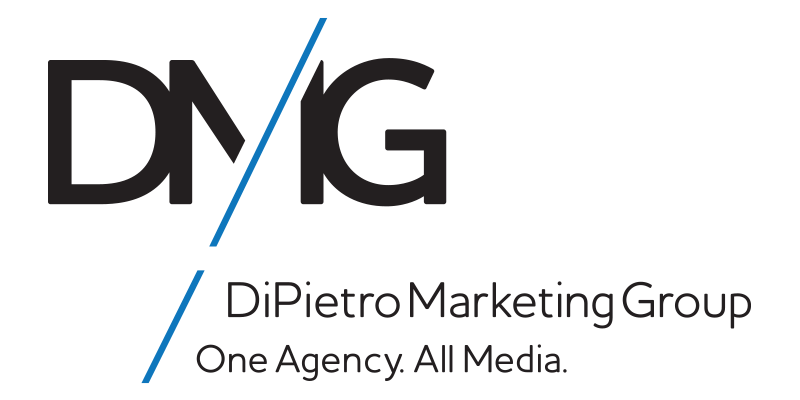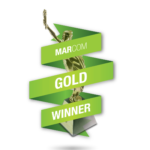Ahh… Google Smart Campaigns…
The latest and greatest in Google ad tech. AI and ML algorithms set to maximize results on Google campaigns… AND do so while darn near running on autopilot. Google Smart Campaigns… the future of advertising, no?
No. We’re not quite sold. At least not yet.
Look, not saying you should or shouldn’t run smart campaigns. Actually, there are instances where smart campaigns can be quite effective. In most cases, they’re at least worth testing on a small scale.
Just be careful. Google Smart Campaigns can be deceptively tricky. The results? Also tricky.
In lieu of a long thesis on how Google Ads’ algo really works on these smart campaigns, here are five quick things you should be aware of with Google Smart Campaigns.
Five Things You Should Know About Google Smart Campaigns
1.) You’ll need to relinquish all control.
Google’s going to show your ads where it wants, when it wants, and to who it wants.
Generally speaking, there’s not a heck of a lot you can do about it. For instance, you usually cannot target different audiences, demographics, keywords, placements, device type… you name it.
Additionally, most of the “levers” you’d normally look to “pull” when it comes to optimizing a campaign aren’t there. Even some of the most basic and fundamental optimizations cannot be made.
Example: wan’t to bid higher in the Philadelphia DMA on Monday mornings when people are using a mobile device? Can’t do it.
Second Example: want to acquire new customers instead of target past customers? Nope – can’t segment or exclude either.
Third example: want to only show your ads to F, 25-54? Your ads will show to whomever Google deems appropriate.
2.) Reporting is lacking in a few key ways.
Not being able to see search terms is probably the biggest downfall, depending on which type of smart campaign you’re running.
You’ll also run into headaches mining for insights based on audience reports and ad schedules, too.
Note that, again, some of these examples depend upon the type of smart campaign you are running. But, still.
Perhaps the biggest downfall isn’t just the lackluster reporting, but that the data that is available cannot be used to optimize the campaign.
Example: you might be able to get performance data by device type, but won’t be able to adjust bids accordingly. The same goes for placement reports…
3.) The quality of clicks and placements is often poor.
Granted, the clicks are usually pretty inexpensive, but frequently result in high bounce rates, low on-site engagement rates, and low conversion rates.
As far as the placements, DMG has seen ads receiving a concerning number of impressions on completely undesirable, blatantly irrelevant placements.
First Example: on mobile apps for children.
Second Example: on YouTube channels with lullaby songs for toddlers that play on a loop.
Third Example: websites written in Mandarin…
…and, this happens with considerable frequency, and there is not much you can do to prevent it.
Think about that. The fact that you are paying for an ad to appear on children’s videos is bad.
What’s worse? Imagine the goal for this campaign is to increase awareness and drive traffic to your website. Because the impressions and clicks on these children’s videos are cheap, Google’s ML will actually buy more ads on the video (and others like it).
The result: it appears you’re hitting target CPMs. CTRs and CPCs are good, and you’re driving more and more traffic to your site… except, the traffic is junk!
4.) The quality of leads can be unacceptably poor.
While this may not apply for d2c brands or ecommerce sites, advertisers looking to generate lead conversions might be left disappointed.
Glance at the Google Ads dash and conversion metrics (Conv., Cost / Conv., Conv. Rate) and the data might look pretty darn good. Take a closer look at conversion quality, however, and you might be surprised at what you’ll find out.
First Example: recorded calls reveal people calling your business for totally unrelated matters.
Second Example: recorded calls of Robocallers dialing your business with an automated.
Third Example: phone call leads that came from a children’s nursery rhyme video with a call duration of :01 seconds.
Keep in mind three things…
First, at a glance, your conversion metrics are gonna look great. It’s not until you peel back the layers that you start to find red flags.
Second, you’re paying for those junk leads.
Third, Google’s ML is going to optimize the campaign in order to (unknowingly) get you even more junk conversions!
5.) Cross-channel & conversion funnel analyses and/or optimization is poor.
This is largely because Google will automatically target new users, retarget past users, and remarket to past or current customers, all in one campaign.
That might be OK for in-house SEMs working for an SMB with little experience & working on a small budget.
But for the rest, that can cause big issues…
First Example: the inability to market new users differently than past visitors or existing customers breaks fundamental marketing principles. It’s a step backwards, not forwards.
Second Example: the inability to easily distinguish which campaigns are best for Acquisition, Retargeting, or Remarketing.
Third Example: the inability to easily answer questions like “What is our CPA on Google Ads?” vs “What is our ROAS on retargeting campaigns?” vs “Can we increase buy rate using Google Ads?”
The Verdict’s Still Out, But…
- If you are working with the best Google Ads agency possible, you should be OK. The best SEMs will likely have a thorough understanding of how these smart campaigns work. They can apply the human element needed to avoid any wasted spend and maximize performance.
- If you’re still unsure, create a test campaign. Generally speaking, 30 days should suffice. But, keep a close eye out. Remember what to look for. Bookmark this list and come back to it if need be.
Are You Running Smart Campaigns?
If you are and would like a second set of eyes, a Google Certified Partner here at DMG would be happy to peak under the hood. Just give us a shout!
Final thought…
Having been Google Ads Certified for many years, I should give the platform and its software some credit. In fairness, I must acknowledge the fact that Google’s Smart Campaigns will likely make great advancements in time. Google’s track record in the MarTech and Digital Search space is impressive to say the least.
But for now, it is DMG’s experience that a well-trained digital marketing expert is needed “behind the wheel” of these campaigns.
May We Ask A Small Favor?
Have experience with these campaigns?
Let us know your thoughts in the comments section.
Do you want to exchange ideas for future articles?
Follow me on LinkedIn… I’d love to connect!
Did you find this article helpful?
Feel free to share on social media using the links below.











